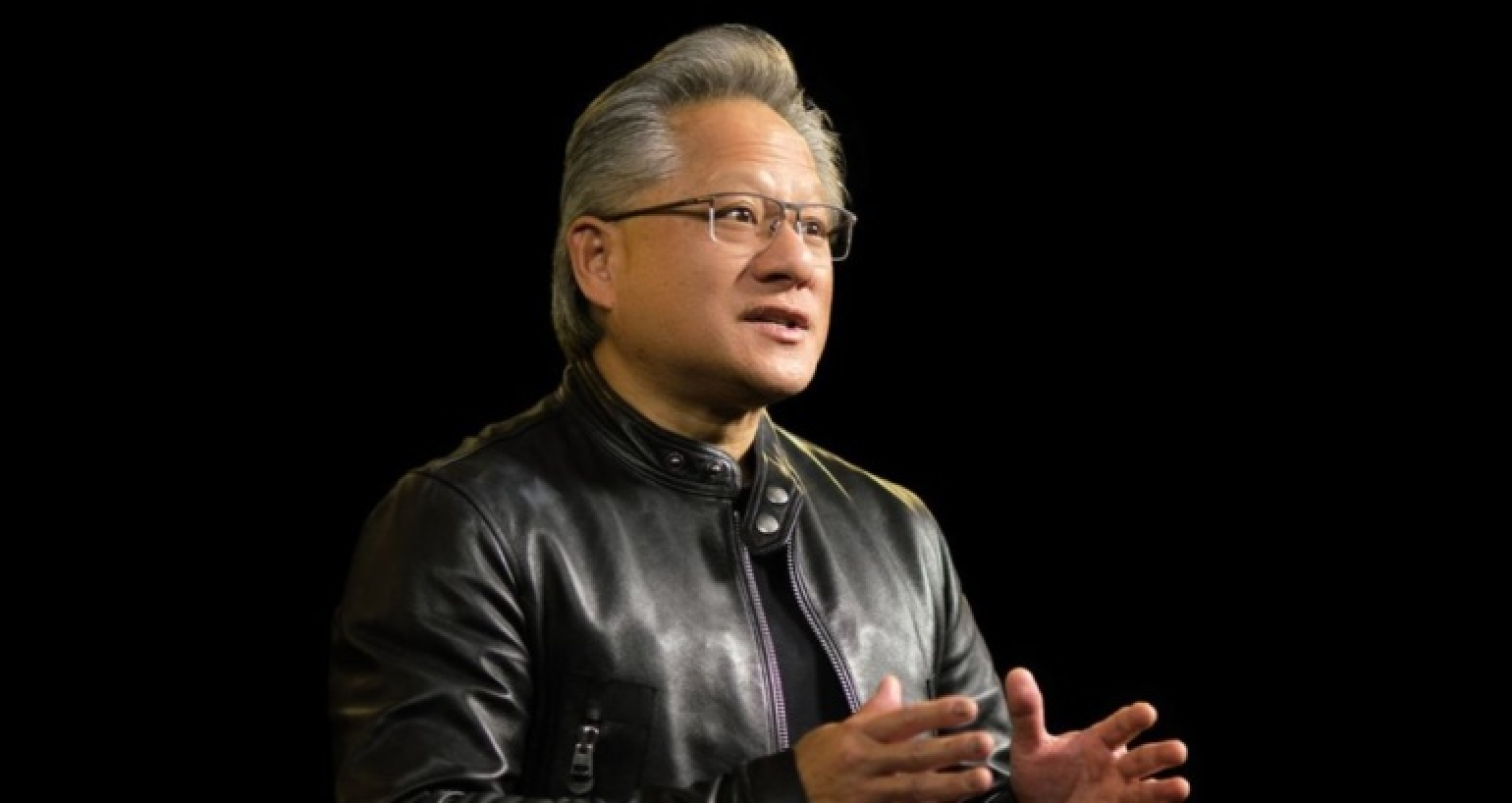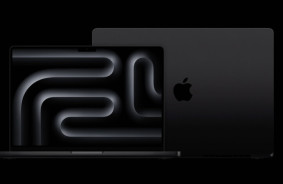The design flaw in NVIDIA's Blackwell GPU, which caused delays in the delivery of AI chips, has been resolved. The enhanced B100 and B200 models are set to enter mass production soon.
CEO Jensen Huang admitted that the flaw was entirely NVIDIA's fault, denying any blame towards TSMC, which had been rumored, and emphasized that the Taiwanese manufacturer helped address the issue on time.
“We had a Blackwell design flaw; it was functional, but the design issue led to low yield. This was 100% NVIDIA's fault,” he stated.
When the first reports about the design flaw emerged, some media outlets pointed fingers at TSMC and suggested it might strain the relationship between NVIDIA and its partner. According to Huang, that is not the case, as the issue arose from NVIDIA's own miscalculations. He dismissed rumors of tension between the two companies as “fake news.”
“For the Blackwell computer to function, seven different types of chips were developed from scratch and needed to be launched into production simultaneously.
….
What TSMC did was help us resolve this yield issue and restart Blackwell production at an incredible pace.”
NVIDIA’s Blackwell B100 and B200 GPUs connect two chiplets using TSMC's CoWoS-L packaging technology, which relies on an RDL interposer with Local Silicon Bridges (LSI). The placement of these bridges is critical. However, an alleged mismatch in thermal expansion properties between the GPU chiplets, LSI bridges, RDL interposer, and substrate caused system deformation and failure. NVIDIA had to adjust the upper metal layers and silicon roughness of the GPU to improve performance.
Typically, resolving such issues requires around 10 stepping cycles, each taking about three months. Therefore, the speed at which NVIDIA and TSMC corrected the Blackwell GPUs is remarkable. The fixed GPUs for artificial intelligence and supercomputers will enter mass production by the end of October, with deliveries expected to start early next year.
However, earlier this year, NVIDIA warned that to meet demand for its Blackwell GPUs among major cloud service providers such as AWS, Google, and Microsoft, some initial low-performance processors would still be supplied in 2024.
Sources: Reuters,Tom's Hardware














Comments (0)
There are no comments for now